If your house is anything like mine, late Christmas morning is a time of cardboard. Cardboard from the Nerf zombie gun box. Cardboard that was wrapped around that new scooter. There’s even that pile of cardboard boxes all those last-minute online gifts came packed in. And it’s easy to burn or (God forbid) send off to the landfill.
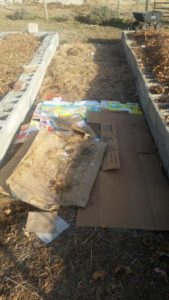
A not unrelated issue: if you use raised garden beds, you’ll often find that the ease of weeding in them can be offset by the difficulty of weeding between them. Some folks grow grass between the beds and mow it short, others put down a weed-proof mat with pebbles or some other growth-unfriendly medium atop it. Most will end up with all manner of undesirable plants growing in that space anyway.
So I’d like to recommend a way to solve both problems, with a gain at the end: first, use that Christmas cardboard as a mulch, then use it as compost.
The mulch part is simple, just throw the cardboard on the ground between the beds, covering all the grass patches that survived your frustrated Round-up blast from late last summer. Make sure some lies flat against the edges of the beds. Make it as thick as you’d like, the thicker the better. Then pile on top of it other rottables that won’t blow away*, like wood chips or sawdust or shredded leaves. Straw or hay, should you need to get rid of some, goes beneath the cardboard layer.
They’ll make a comfortable and surprisingly weed-free walkway all year long. They’ll also be rotting away, with worms coming up from below to eat the cardboard and molds and fungi converting other materials into a beautiful compost.
At the end of the growing season, rake it all up and toss it into the compost bin or even on top of the nearest bed**. You’ll find that the remains look surprisingly little like anything you put down. You’ll also find that you have plenty of room for all that superfluous cardboard next Christmas is sure to bring.
* And that you don’t mind walking on. This is not the place for that caved-in pumpkin that’s still on the front porch.
** Depending upon what you’ve used and your preferences. It will often take wood chips two or three years to break down completely. On the other hand, they’ll do your garden no harm piled on the soil surface. Just don’t mix unrotted chips into the soil itself, as the rotting process can suck up nitrogen that your tomatoes are counting on.
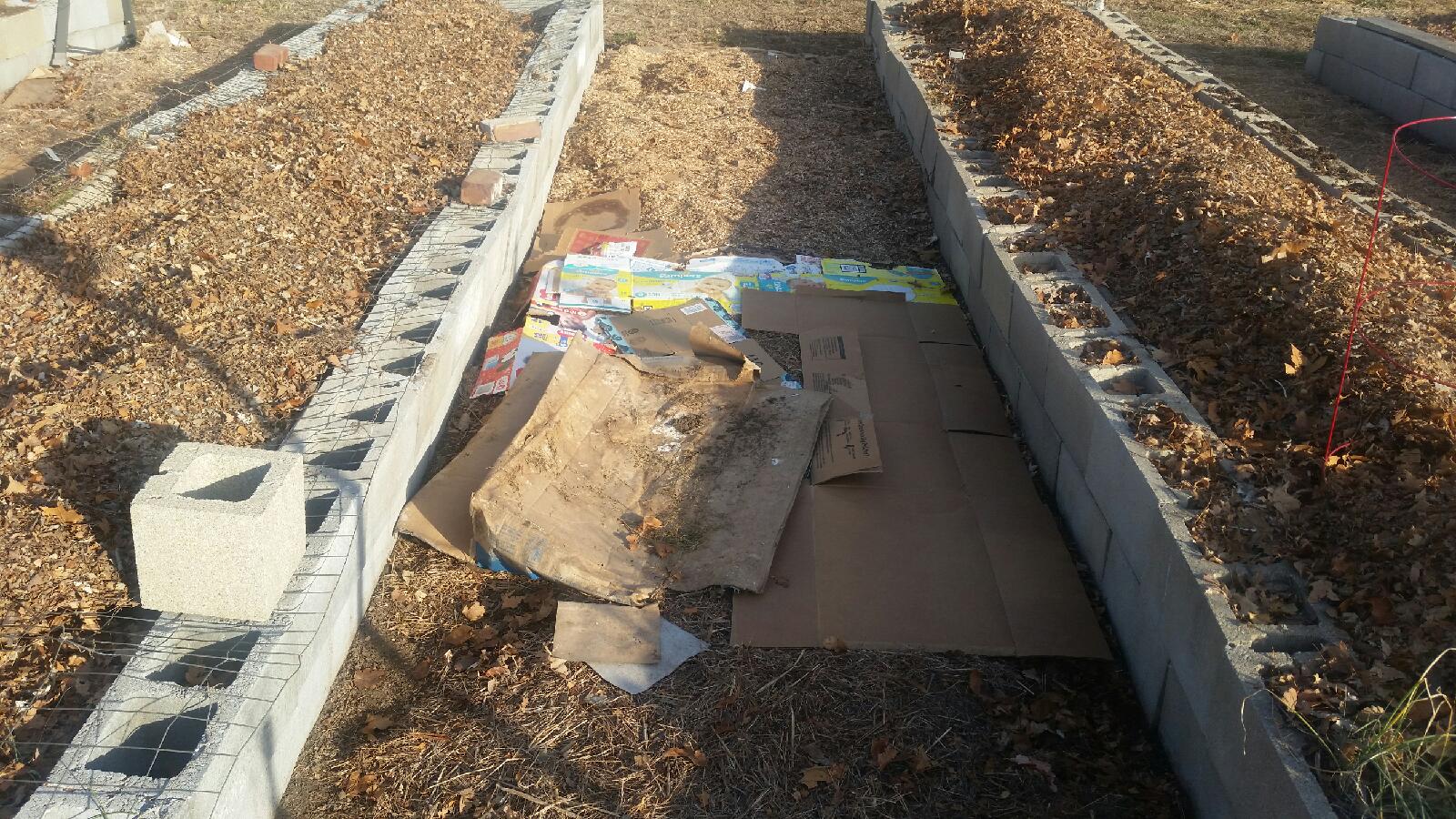
Christmas cardboard compost
4 Comments
Leave a Reply
Latest from Gardening
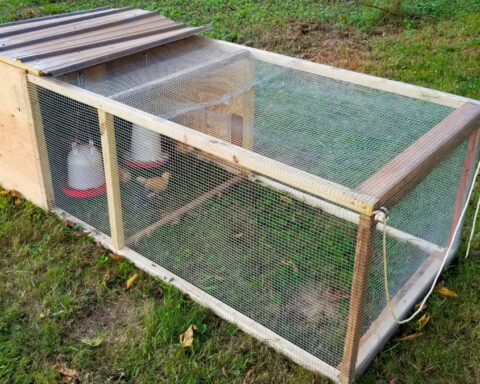
Do You Even Chickens, Bro?
Don't wait until you're hungry to learn how to raise food. Start now.
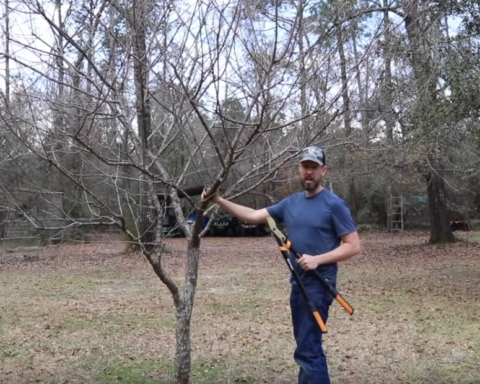
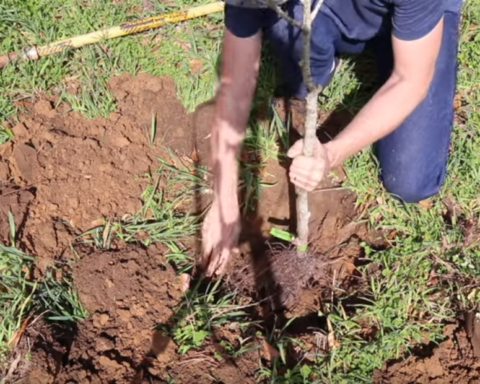
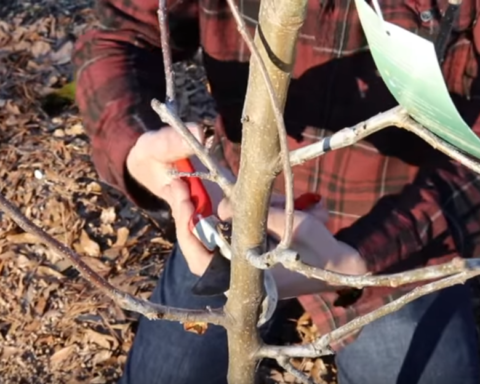
Video: Prune Fruit Trees Like a Psychopath
Go ahead. Cut cut cut cut cut cut.
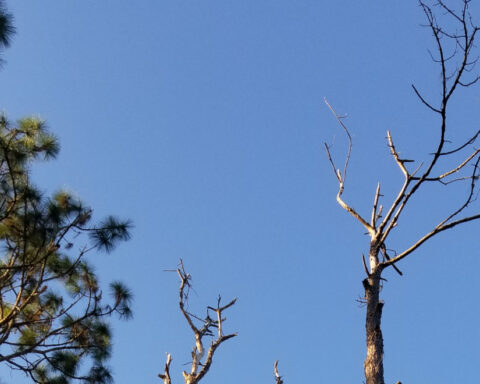
There’s Gold in Them Thar Dead Pines
I don’t know about you, but events of the past couple months haven’t put me in any less of a prepping mood than when the COVID-19 panic began almost a year ago.




4.5
5
Regardless of the type used, shredded cardboard works best when using cardboard in compost. But, if you cannot shred it, just rip it or cut it up as small as you can. It is also a good idea to remove any tape or stickers that will not break down easily.
Agreed, if your primary consideration is composting. But unshredded cardboard is an unparalleled weed suppressor that will compost in due time.
Removing tape is a good reminder as well.